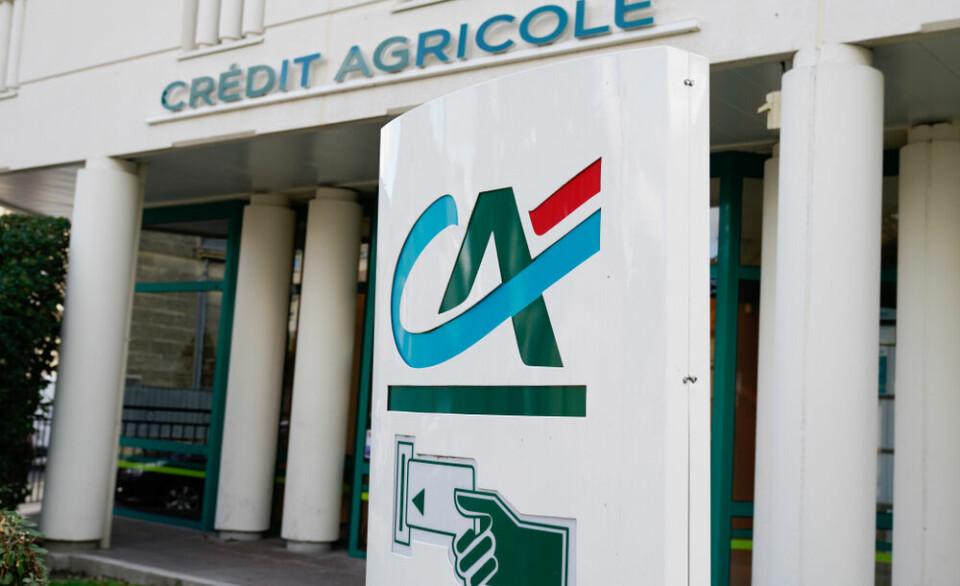French team build faithful replica of William the Conqueror’s warship
Visitors to the Normandy site can experience a voyage on La Mora in virtual reality
A team gets to work recreating the iconic 1066 invasion ship, La Mora
Photoclub de Honfleur and Association La Mora
The ship used by William the Conqueror to invade Britain in 1066 is being rebuilt on a chantier spectacle (performance construction site) in Normandy that is now open for visits.
It is called La Mora, like the original, and will be 34m long and 5m wide, the estimated size of its namesake. The plan is for it to be rowed across the Channel almost 1,000 years after William went on to be crowned king of England following his victory over Harold at the Battle of Hastings.
The construction site is an ‘archaeological experiment’, meaning La Mora is being built faithfully to the period. No power tools or modern techniques are to be used and any findings will be shared with universities and researchers to advance archaeological study.
The tools are made on-site by blacksmiths according to the demands of the project.
Despite being “quite rudimentary”, according to Nicolas Havarv, a cultural mediator for La Mora, the hammers, axes and drawknives often take a day to make.
The oak for the new ship was sourced from the nearby Forêt de Bellême.
“It cannot be too young, but likewise it cannot be old or have any knots,” said Mr Havarv, “so it took our carpenters several hours to choose the right trees.
“The heart of the project is this scientific research: the problems that our carpenters will run into will be the same as those the carpenters had in the 11th Century.”
Click on arrow to scroll through images of La Mora:
Visitors can observe the ship construction and learn about preparations for the crossing, as well as about the battle. The aim is to welcome 150,000 visitors in the first year.
There is an immersive, virtual-reality experience, which includes the ship creaking and rolling and the sound of horses breathing.
A cultural and historical experiment
Jean-Marie Rousseau, chairman of l’Association La Mora, which is behind the project, joked: “We are aiming for a lot of English visitors – as long as they are not resentful.
"The immersive experience can be in English or German, depending on demand, and almost everyone on-site is bilingual, if not trilingual or quadrilingual.”
It is hoped the project will provide valuable insight into the techniques used for shipbuilding in the 11th Century.
Around 15 to 20 people are working on construction of the ship, usually in teams of five, alongside volunteers. It is housed in a hangar specially constructed on brownfield land in Honfleur (Calvados).
Cultural and historical mediators are on hand to observe and discuss any problems, which will also be considered by historians at nearby universities.
They will liaise with a museum in Roskilde, Denmark, which has built several replica boats using techniques from this period.
A gift from his wife
The original La Mora was given to William the Bastard, as he was then known, by his
wife, Matilda of Flanders.
One theory is that its name is an anagram of amor, meaning love, but this is debated. It
was propelled by both sail and by a crew of 60 oarsmen.
Although it had a symbolic bow and stern, it could be rowed in either direction.
It led a fleet of up to 600 ships – historical estimates vary – and was the largest and quickest by a margin.
William allegedly stopped in the middle of the Channel to wait for the rest of the fleet to catch up, enjoying daybreak with breakfast and wine, before eventually landing on the shores of Pevensey, East Sussex.
“It is similar to a Viking ship but more supple and durable,” said Mr Rousseau.
The only known visual representation of La Mora is on the Bayeux Tapestry, which depicts the Norman conquest, but it is mentioned in several historical accounts.
The aim is to put the replica on water in 2027, 1,000 years after William the Conqueror’s birth. It will probably journey across the Channel in 2030.
Mr Rousseau said “part of the DNA” of the project is a social aspect, as the association works with young people who are out of education or work to help them adjust to working life.
The project is estimated to cost around €12million, 40% of which will be funded by public grants and subsidies, and the rest by bank loans repaid from the income from ticket sales, the cafe and a gift shop.
Find out more at la-mora.org.


































